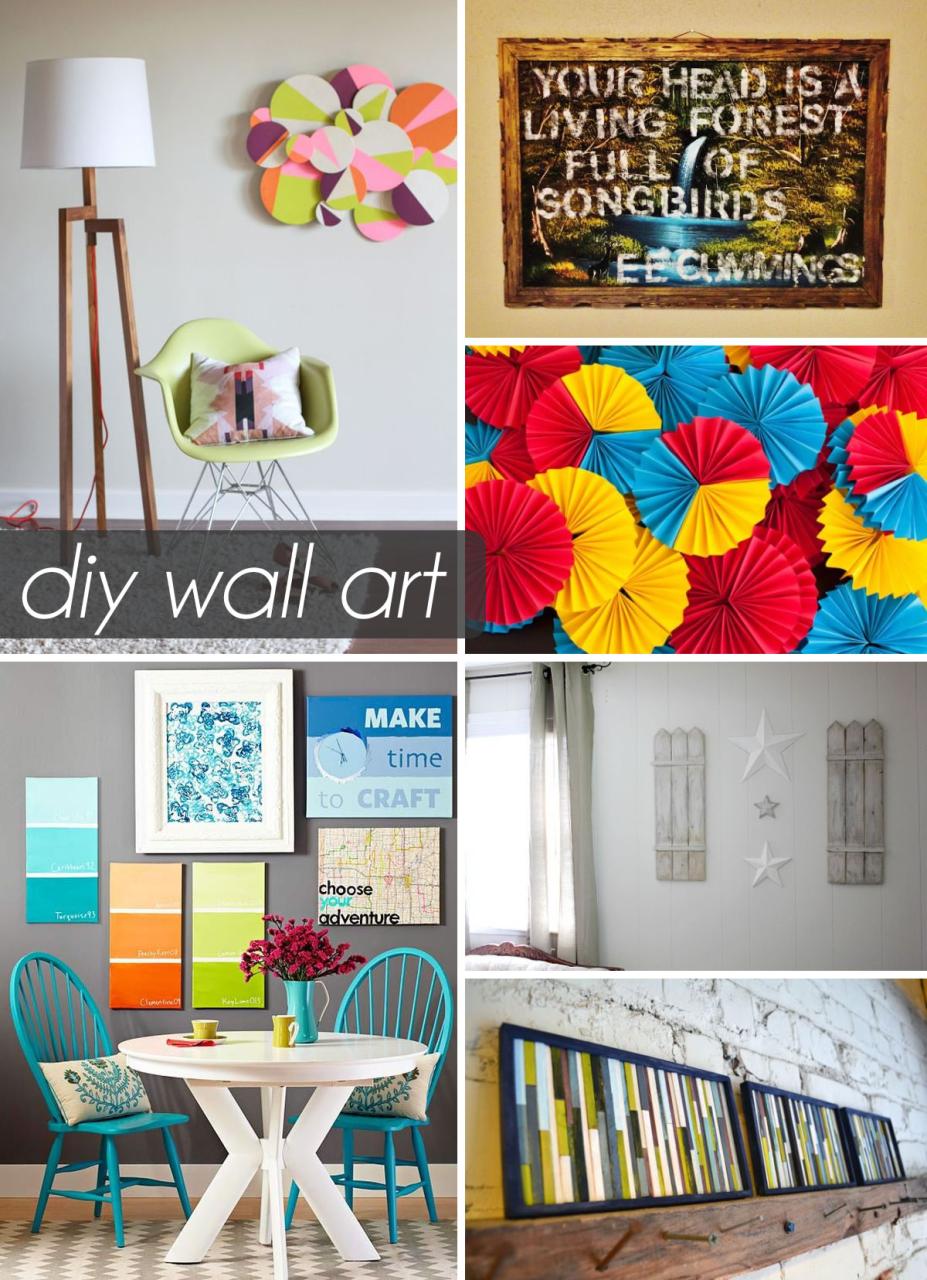
In the last several years, DIY (Do It Yourself) projects have become popular. The act of creating a thing with your very own hands provides you with a particular feeling of satisfaction. Regardless if you are an experienced DIYer or a novice, this write-up is going to provide you with step – by – step instructions to understand the fundamentals of DIY and tackle creative projects.
- Select The right project Choosing The right project is The first step in learning The art of DIY. Consider your interests, abilities, and available resources. Begin with something easy and steadily advance to more complicated projects. Pick a project that interests you and matches your objectives. Find a project that stimulates your creativity – whether it is woodwork, painting, sewing or remodeling.
- Collect the tools as well as supplies you will need Once you have chosen a project, gather all the Necessary Tools and supplies. Create a list of everything required as well as double-check it prior to beginning. This will save you time as well as ensure you have everything essential to finish the project. Visit the hardware store or order tools and materials online in case you are lacking them.
- Research and plan Before beginning your DIY project, do your research and plan. Seek out tutorials, videos as well as articles associated with your particular project. Study the steps involved as well as understand the strategies and skills needed. Create a detailed plan which includes measurements, timelines and any adjustments you might require. Keeping organized and making errors could be avoided with a well planned plan.
- Begin with the basic skills as well as techniques When launching a DIY project, it is crucial to begin with the fundamental Skills and techniques. Ultimately, these abilities will be the foundation for more challenging projects. Learn to work with standard tools, correctly measure and work with various materials. Practice the basics till you feel at ease prior to moving on to much more complex techniques.
- It’s essential to follow step by step Instructions When beginning a DIY project. Prior to proceeding, read the directions thoroughly and comprehend each step completely. Give consideration to any safety methods and take the proper measures to safeguard yourself and other individuals. Consult additional resources or even ask for guidance from knowledgeable DIYers in case you’re uncertain of a step.
- DIY projects are often both time intensive and physically demanding – so take Breaks and Pace Yourself. It is crucial to pace yourself and take breaks if needed. Fatigue and errors could result from working for long periods without breaks. Keep hydrated and stretchy and take a rest to keep concentration as well as productivity high. DIY should be enjoyable, not overwhelming.
- DIY is an all natural process – accept Mistakes and Learn from Them Mistakes are part of the process. Rather than feeling discouraged, utilize them as learning experiences. Analyze the error, pinpoint the root cause and develop an answer. Unforeseen creative solutions may occasionally result from mistakes. Remember, every DIY enthusiast has faced setbacks in the process. How you handle them matters.
- Practice Persistence and Patience Mastering the art of DIY demands patience and persistence. Some projects might be longer than anticipated or may call for several attempts. Do not rush the process. Be patient and completely focus on the journey instead of the final result. Take pleasure in the pleasure of witnessing your project come to fruition via your efforts and commitment.
- Follow DIY blogs, social networking pages, and sites to find Inspiration and Join DIY Communities. These platforms are loaded with ideas and tutorials. Connect with the DIY community by joining forums or even attending local workshops. Find like minded individuals who share your excitement for creativity as well as take lessons from them.
- Celebrate your achievements celebrate Your achievements, regardless of just how substantial they might appear. To complete a DIY project is an achievement well worth celebrating. Display your finished projects proudly and share them with other people. The pleasure as well as pride that comes from making something yourself is priceless.
The process of learning how you can do DIY is really a process that demands time, practice and an eagerness to learn, in conclusion. Pick the best projects, gather the tools as well as materials you need, stick to the step-by-step directions and admit errors to improve your DIY abilities and make attractive and functional items. Thus, wear on your sleeve and let your imagination run wild and prepare to take a look at a great realm of DIY possibilities!
